Nova Star Happening This Year, Here’s How You Can See This Stellar Spectacle
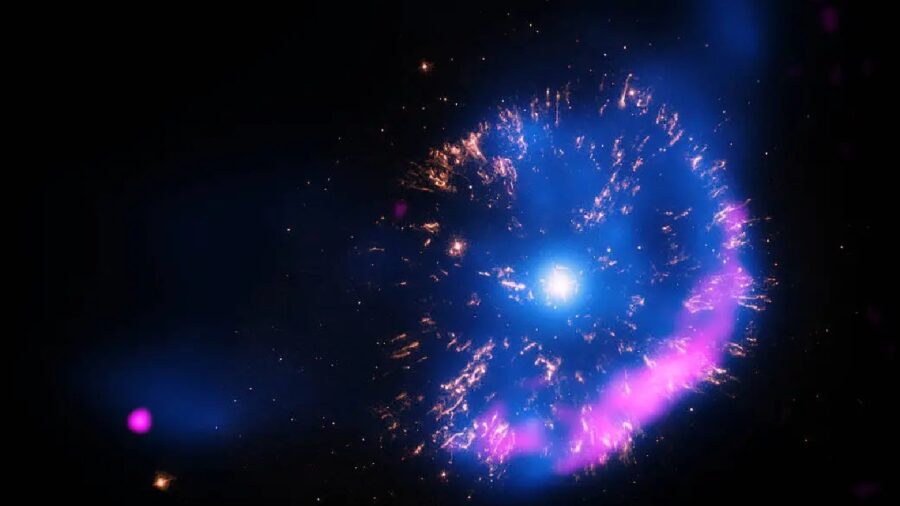
Imagine the beauty of a star millions of miles away, suddenly lighting up the sky, becoming brighter than any other object in the night sky. This is not a product of science fiction but a celestial event that is expected to occur this year in what some are referring to as Nova 2024.
A Mindblowingly Bright Explosion
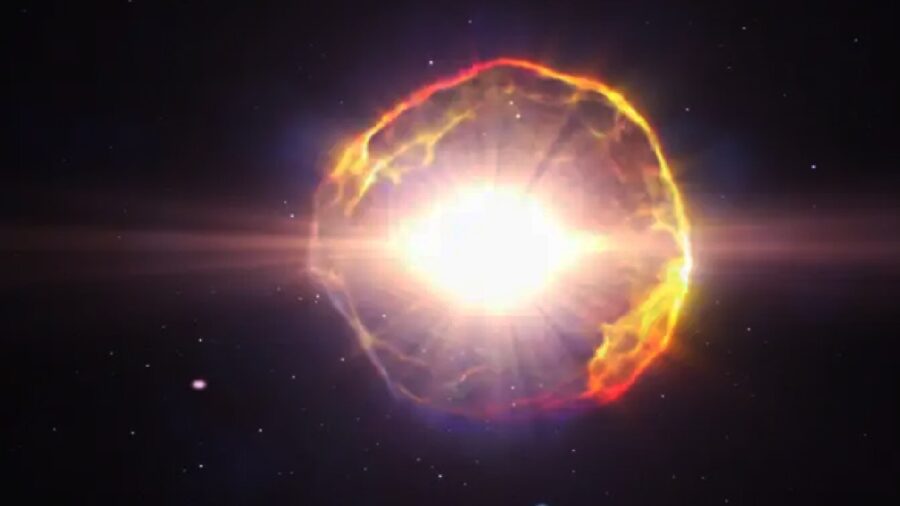
The star in question for Nova 2024 is known as RS Ophiuchi, located approximately 5,000 light-years away in the constellation Ophiuchus. Despite its considerable distance, it’s so bright that we can see it from Earth with the naked eye. During Nova 2024, RS Ophiuchi could appear as the brightest star in the sky, outshining even the North Star.
Going Nova
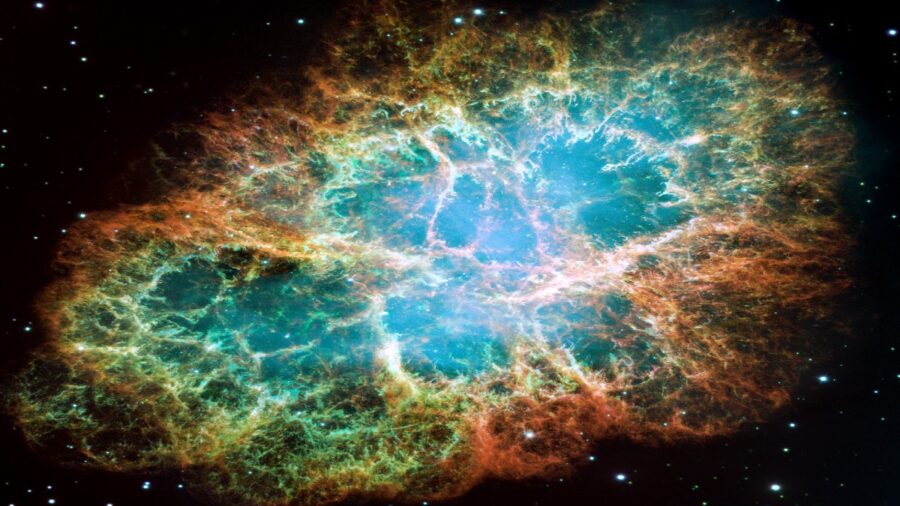
The event we’re expecting is what astronomers call a nova. A nova is an astronomical event that causes the sudden appearance of a bright, “new” star, which slowly fades over several weeks or many months. While the exact timeline can vary depending upon various factors, typically, a nova stays visible for a few days to a couple of weeks — good news for those hoping to catch Nova 2024.
What Is A Nova?
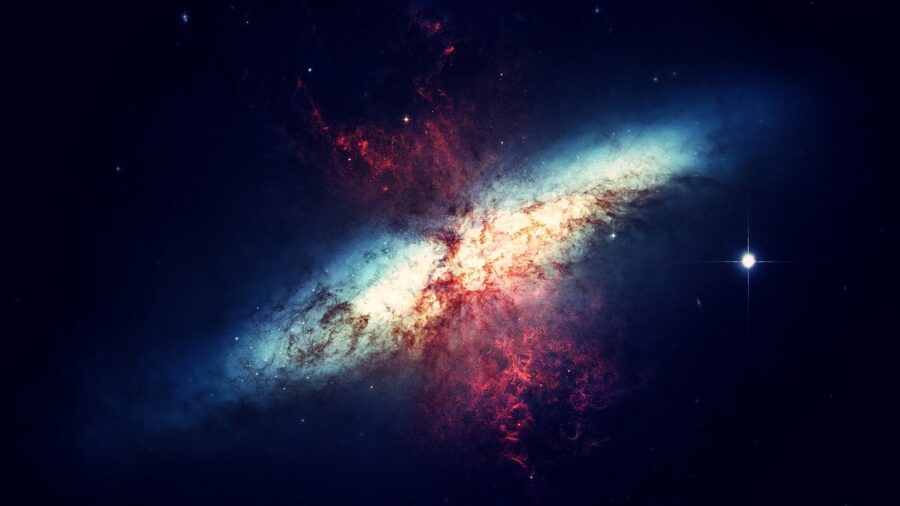
So, what exactly causes a nova? A thermonuclear explosion on the surface of a white dwarf star will cause the phenomenon of Nova 2024. This results in a sudden and dramatic increase in brightness, which then gradually diminishes over a period that can stretch from weeks to months.
In the simplest words, a nova is a star that suddenly becomes incredibly bright before gradually dimming back to its original state. This incredibly vibrant event, like the forthcoming Nova 2024, happens when a star absorbs too much hydrogen from a nearby companion. The sudden surge of energy causes the star to brighten dramatically, causing a spectacular light show in outer space.
The First Nova Ever Recorded
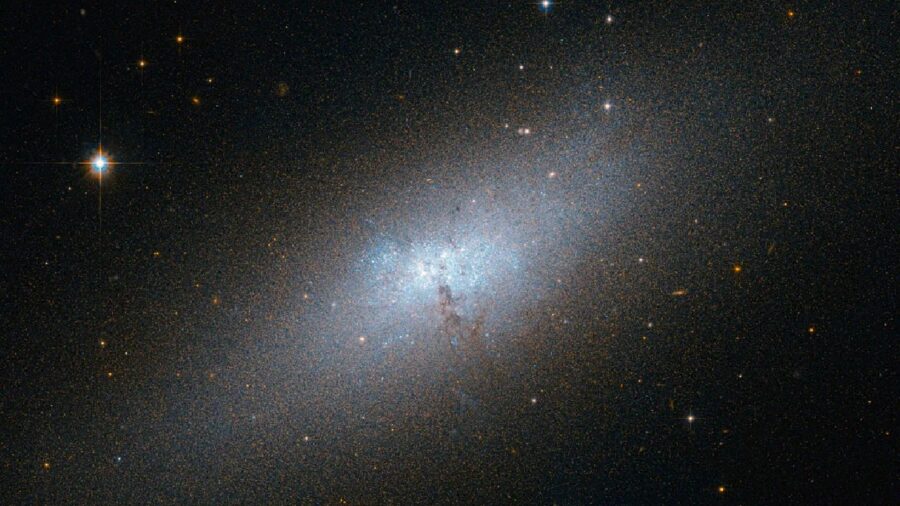
The recorded history of novas dates back over a thousand years, with the first documented observation occurring in 1572. This event was meticulously observed by the Danish astronomer Tycho Brahe, who described it as a “new star” outshining all others, challenging the prevailing belief that the heavens were unchangeable. Brahe’s observation marked a significant turning point in astronomy, leading to greater understanding and interest in stellar phenomena such as Nova 2024.
A Recurring Nova
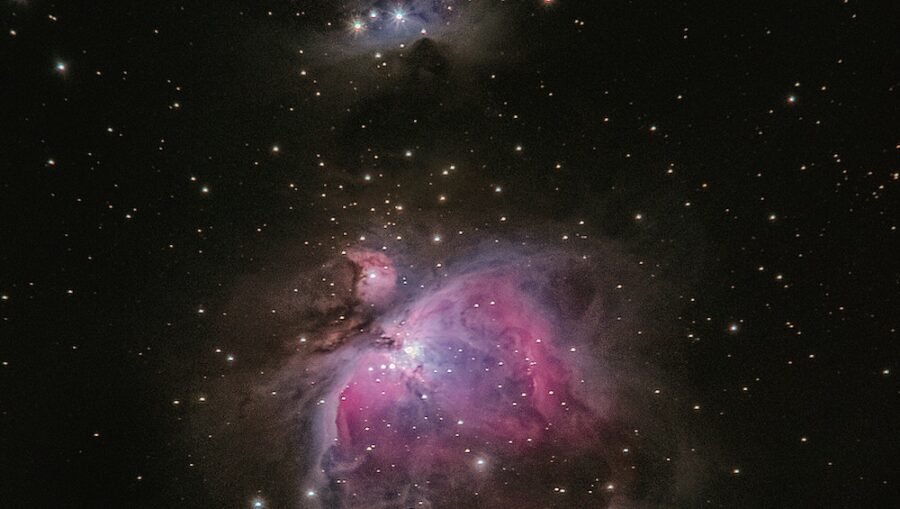
Novas are significant in the world of astronomy as they allow us to learn so much about the universe. By observing events such as Nova 2024, scientists can gain valuable insights into the life and death of stars, as well as the processes that lead to the creation of new elements.
The RS Ophiuchi star is known to be a recurring nova, which means it has exploded several times in the past. Records show that RS Ophiuchi went into nova states in 1898, 1933, 1958, 1967, 1985, and most recently in 2006. It’s expected that this event will happen again this year as Nova 2024.
No Equipment Needed
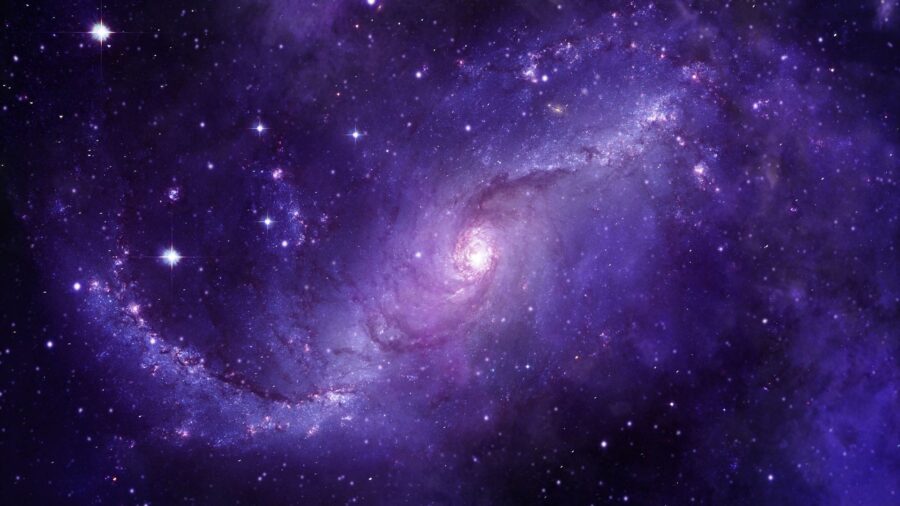
Viewing this celestial spectacle doesn’t require any special equipment; you can see it right from your backyard, assuming you have clear, dark skies. The best time to watch for Nova 2024 is during the summer months when the Ophiuchus constellation is visible. However, it’s not possible to predict the exact timing of the explosion.
Keep your eyes peeled toward the sky this summer, and you might be lucky enough to catch something special in Nova 2024.












